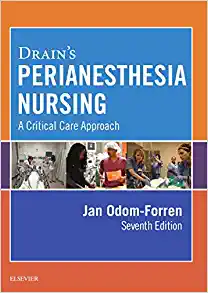The Synapse team led by Jeanine McSweeney, Associate Librarian, Scholarly Communications, has published an online report entitled “COVID-19 Publication Report” which features a snapshot in time (April 2020 to December 2022) of 607 works from sixty-five departments and services at Memorial Sloan Kettering (MSK).

While we continue to monitor MSK-authored COVID-19 scholarly works, we wanted to pause and take a moment to analyze this body of bibliographic references and share insights such as the top scoring papers via Altmetric, the top highly cited research papers, the increased usage of preprint servers, and a networking map that illustrates the research collaborations between MSK and other organizations.
What is special about this report is the time taken to annotate these citations with lay summaries written by the Research Informationists, helping to expand potential readership to a public audience.
Synapse is a public-facing resource and the authoritative bibliographic database of MSK publications, developed and maintained by a team of skilled librarians. This database provides a record of the research output written by MSK researchers, clinicians, nurses, and other healthcare professionals. To view other Synapse-related publications, click here.
Please feel free to reach out to me to share your thoughts about this report. We would love to hear what you think!
Donna Gibson
Director, Library Services

 The 7th edition of
The 7th edition of